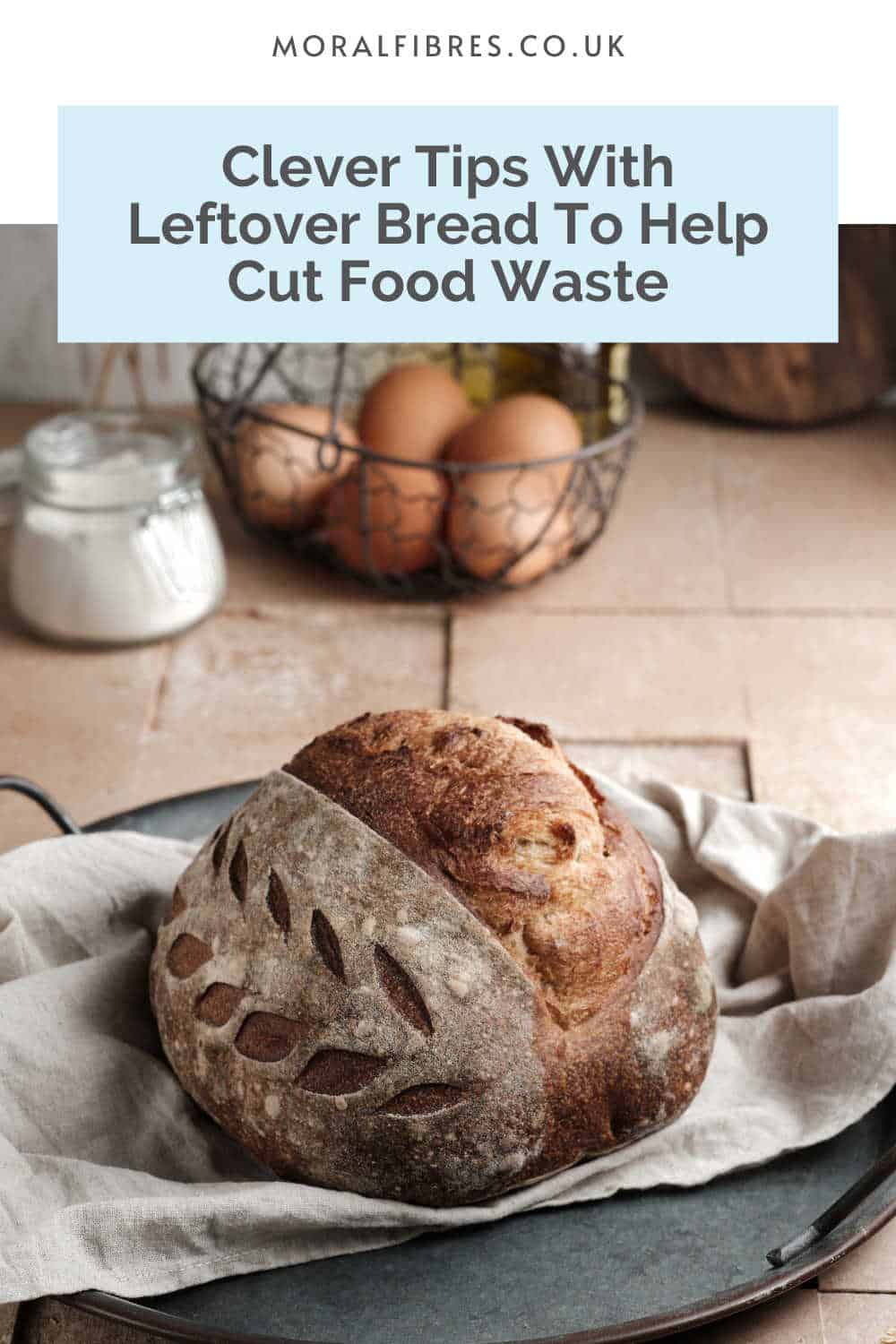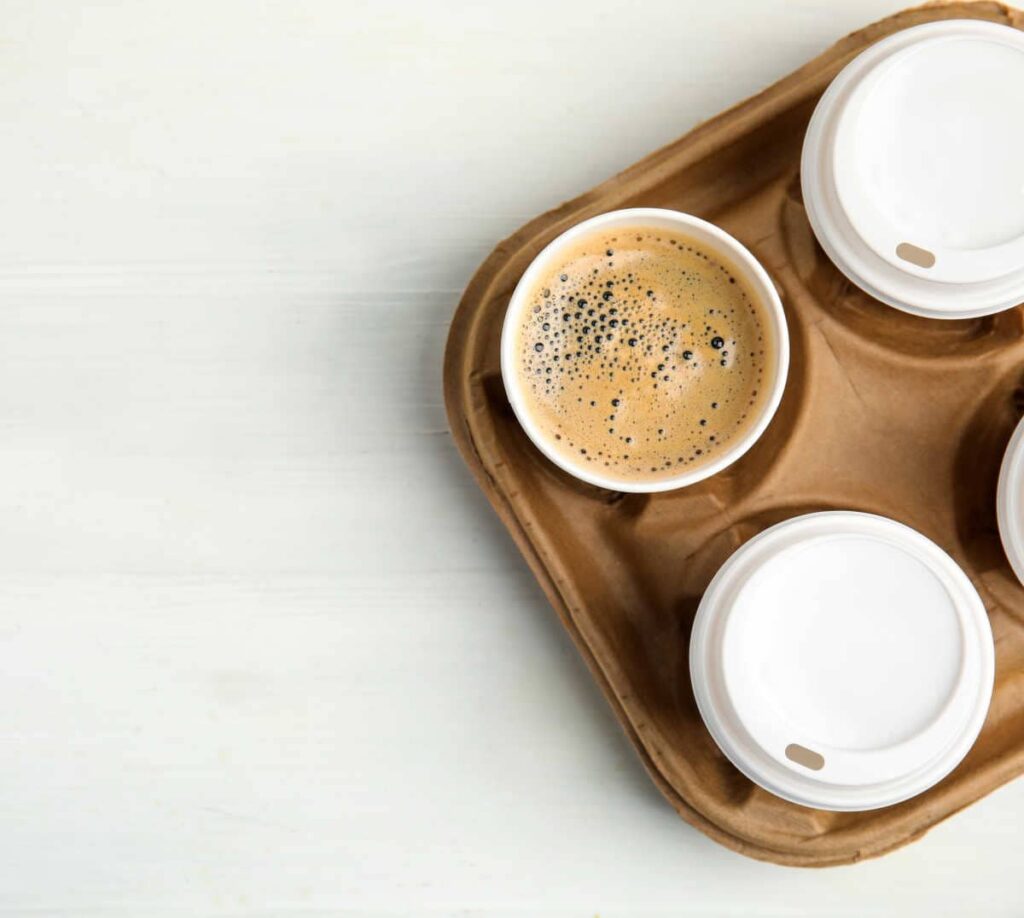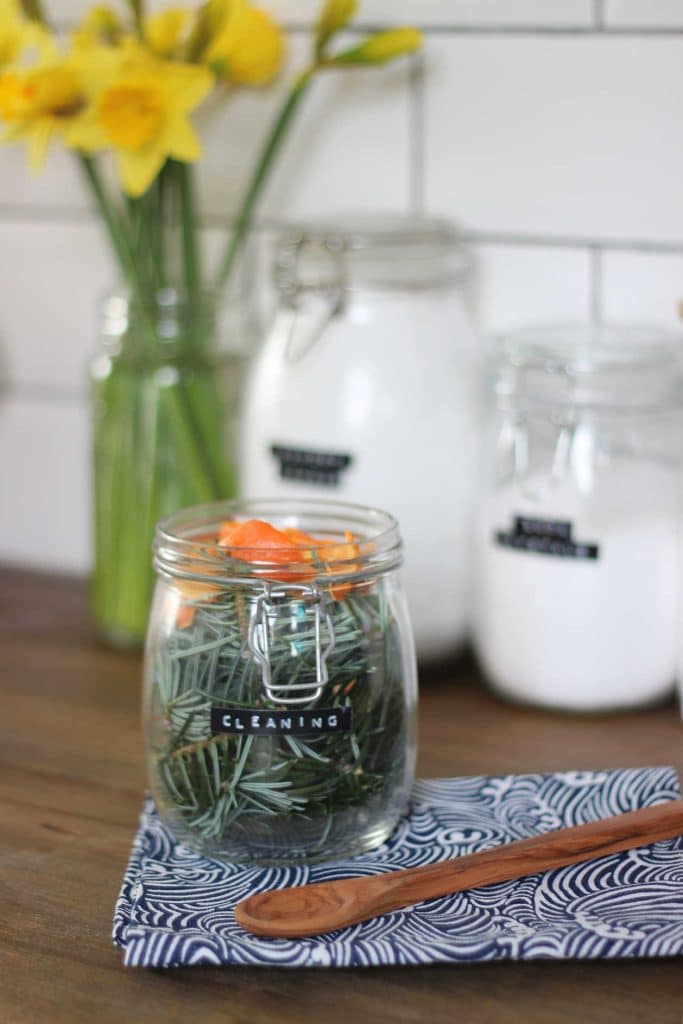What To Do With Leftover Bread To Beat Food Waste
To support the running costs of Moral Fibres, this post contains affiliate links. This means Moral Fibres may earn a small commission, at no extra cost to readers, on items purchased through these links.
Wondering what to do with leftover bread? I have lots of tips to help you reduce your food waste that definitely aren’t crumby.
Food waste is a huge issue. Food production is one of the biggest contributors to climate change. In fact, about one-third of greenhouse emissions globally come from agriculture alone.
Despite this, both at the household level and at the manufacturing level, we are very wasteful when it comes to food. Thirty per cent of the food we produce is wasted – about 1.8 billion tonnes of it a year. So much so, that it has been estimated that if food waste was a country, it would be the third-highest emitter of greenhouse gases after the US and China.
When it comes to bread, in the UK we waste a staggering 800,000 tonnes of bread and other baked goods a year. And of this, a shocking 680,000 tonnes is avoidable. So to help combat this waste I’ve put together seven handy tips on what to do with leftover bread.
What To Do With Leftover Bread

Here are all my best tips to help you cut food waste and save some dough! Use the quick links to jump to a specific section or keep scrolling for the full post:
- Ignore The Best Before Date
- Revive Stale or Hard Bread
- Get Creative With Your Leftover Bread
- Try Recipes That Call For Stale Bread
1. Ignore The Best Before Date
I always ignore best-before dates as they refer to food quality rather than safety (which use by dates refer to). If the bread looks ok, with no mould on it, and smells ok then the chances are it’s fine to eat. If it feels a little hard then it will probably taste better toasted.
Do check for mould carefully though before you tuck into your sandwich or toast. Some bread mould can be white and it can be hard to distinguish between flour and mould. If you are in doubt don’t eat it!
2. Revive Stale or Hard Bread
Has your crusty loaf gone stale or rock hard? Worry not, it can be revived.
It may sound wild, but water works wonders in softening stale bread. To revive stale or hard bread, simply briefly hold the leftover bread under a cold tap. Then you can give it a shake to remove any excess water, before popping it in a hot oven for around 10 minutes. This will make your bread lovely and soft again, making the perfect rescued sandwich.
Individual rolls, hot dog buns, croissants, bagels, or any similar bread-based snack can also be given similar treatment. All you have to do is wrap them in a damp piece of kitchen roll and microwave them for 10 seconds to pop the freshness back.
3. Get Creative With Your Leftover Bread
Most of us throw out the ends of our bread. In fact, in the UK alone we waste 1.2 billion crusts of bread each year. This is the equivalent to equivalent to binning 50 million loaves of bread every year.
But did you know you can make breadcrumbs out of the ends of bread? It’s a handy way to use up the bread that one in five of us discard.
The most energy-efficient way to make bread crumbs is to store your ends of bread in a tub or bag in the freezer until you have enough to fill your food processor with. Before freezing, it’s best to tear the heel of your bread into small pieces to make it easier to work with.
Once you have enough bread squirrelled away in your freezer, you can make breadcrumbs with this easy recipe:
- Place the frozen pieces of bread in your food processor, and pulse until you reach your desired coarseness.
- Next, spread the crumbs onto a baking tray – so that they are around half a centimetre deep – and place them into a low oven (150°C/gas mark 2) for around 20 to 30 minutes. Stir the crumbs gently halfway through cooking.
- Remove the breadcrumbs from the oven when they turn a light golden-brown colour and feel dry to the touch.
These breadcrumbs keep for a few weeks in an airtight container, or for 3 months in the freezer.
4. Try Recipes for That Call For Stale Bread
Leftover bread can be used in myriad recipes – from sweet to savoury.
Panzella, for example, is a tasty seasonal Italian dish that specifically requires the use of stale bread, to make this delicious tomato salad.
I’m also a big fan of making bread and butter pudding with stale bread. My personal favourite is whisky and marmalade bread and butter pudding. I make a variation of this recipe every Christmas, adding some dark chocolate chips to make it extra decadent!
Ways To Avoid Bread Waste

It’s handy knowing some useful tips on what to do with your old bread. However, I always think one of the most impactful ways to make a change is to change your habits so that you have less bread left over.
Here are my top tips to help you shop and store smarter:
Use Your Freezer
You can freeze bread – preferably on the day you buy it. However, you can freeze your bread up to its best-before date. Slices can be toasted from frozen or defrosted and used as normal, with no perceptible differences in taste or texture.
Bread lasts for about 6 months in the freezer, and it will save you from asking the question “What to do with leftover bread?”.
If you have leftover cake (this never happens in my house!) then it’s worth knowing that many cakes can also be frozen, either in slices or whole. Bon Appetit has some great advice for freezing cake.
Don’t Store Bread In the Fridge
Bread lasts longer stored in a cool dark and dry place, such as in a bread bin or cupboard.
Whatever you do, avoid using the fridge to store your bread. Storing bread in the fridge draws moisture out of the bread. This causes it to go stale six times faster than if you’d stored your loaf in a cupboard or bread bin.
Shop Smarter
Finally, if you find yourself rarely finishing a standard-sized loaf of bread then why not consider changing your shopping habits? Instead, you could buy a half-loaf of bread, which will cut your food waste and save you money at the same time.
Have I missed any tips on what to do with leftover bread? Do share in the comments below!
Also check out my other food waste tips for eggs, milk, berries, and bananas.
Found this post useful? Please consider buying me a virtual coffee to help support the site’s running costs.




